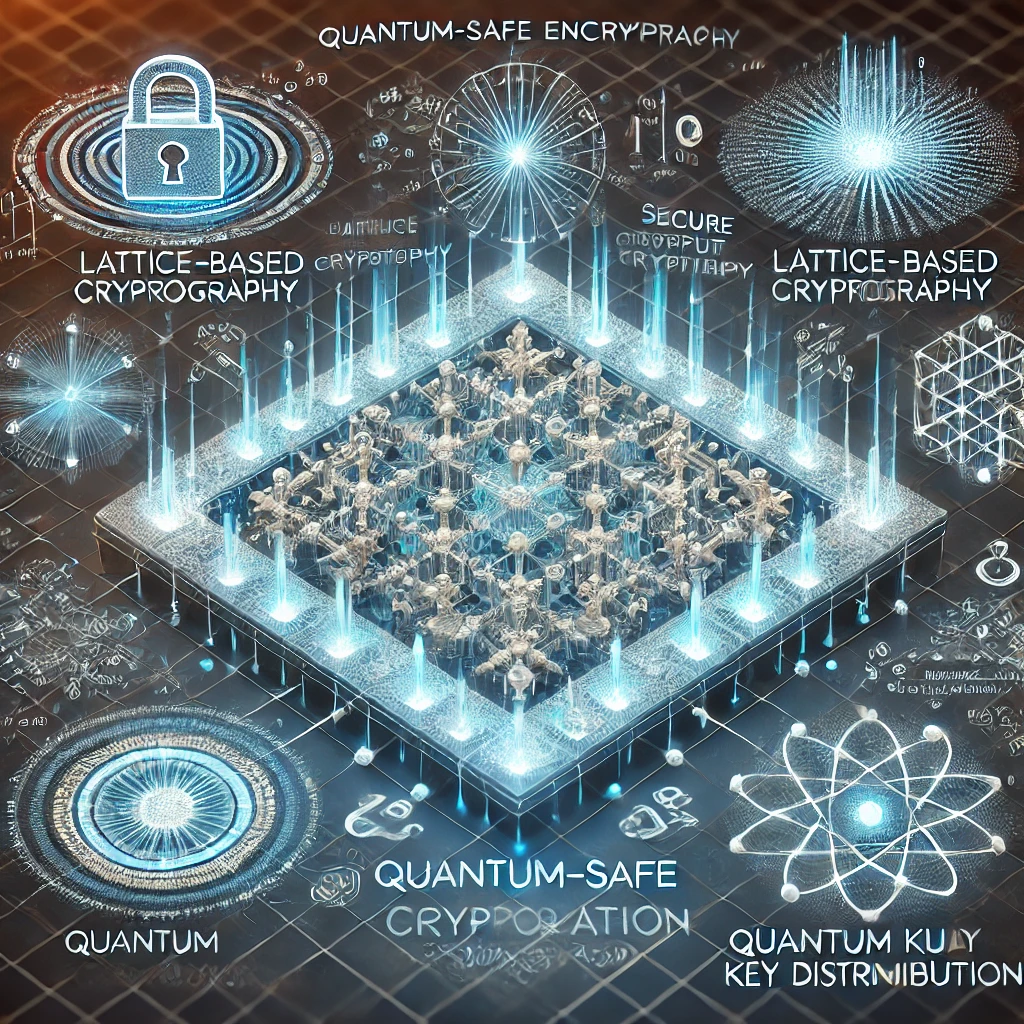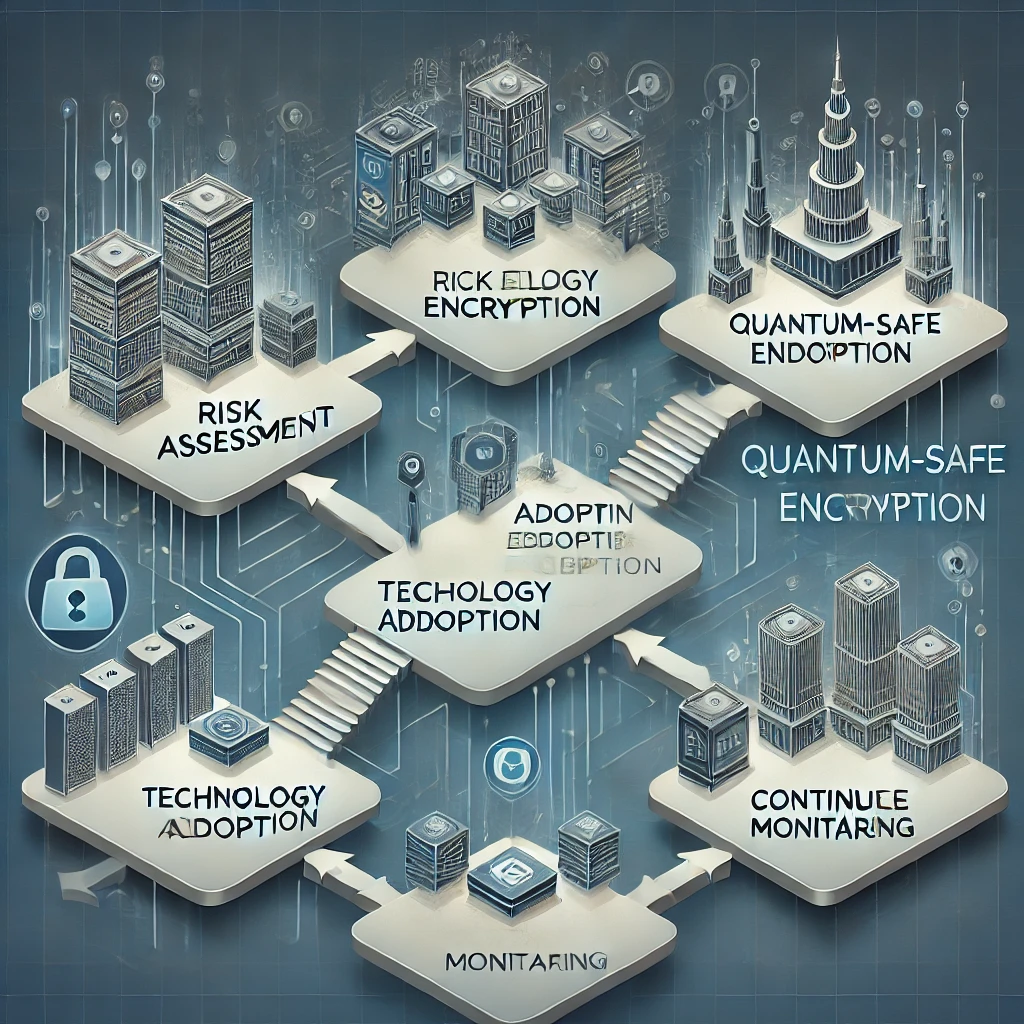Introduction
Quantum computing is poised to revolutionize various fields, including cybersecurity. Unlike classical computers, quantum computers leverage the principles of quantum mechanics to perform calculations at unprecedented speeds. While this technology holds immense promise, it also presents significant challenges, particularly in the realm of cybersecurity. As quantum computing advances, it could potentially render current encryption methods obsolete, posing new risks to data security. This article explores the impact of quantum computing on cybersecurity protocols, delving into its implications for encryption, vulnerabilities, and the future of cybersecurity.

Understanding Quantum Computing
How Quantum Computing Works
Quantum computing operates on the principles of quantum mechanics, utilizing qubits instead of classical bits. While classical bits represent data as either 0 or 1, qubits can exist in multiple states simultaneously, thanks to a property called superposition. Additionally, quantum entanglement allows qubits to be linked in ways that enable complex calculations to be performed more efficiently than with classical computers.
The Power of Quantum Computing
The computational power of quantum computers is what sets them apart. For instance, a quantum computer could factor large numbers much more quickly than a classical computer. This capability poses a direct threat to current encryption methods, which rely on the difficulty of factoring large numbers to secure data.

The Threat to Encryption Protocols
Vulnerabilities in Current Encryption
Most encryption methods today, such as RSA and ECC (Elliptic Curve Cryptography), rely on the difficulty of mathematical problems like factoring large numbers or computing discrete logarithms. Quantum computers, with their advanced processing power, could solve these problems in a fraction of the time it takes classical computers, making these encryption methods vulnerable.
Quantum-Safe Encryption
To address these vulnerabilities, researchers are developing quantum-safe or post-quantum cryptography. These encryption methods are designed to withstand attacks from quantum computers. Lattice-based cryptography, hash-based cryptography, and multivariate polynomial cryptography are examples of quantum-resistant techniques.

The Timeline of Quantum Threats
Quantum computing is still in its early stages, but progress is rapid. Experts estimate that within the next decade, quantum computers could reach a level where they pose a real threat to current encryption standards. Organizations need to start preparing now to mitigate future risks.
Impact on Cybersecurity Protocols
Re-Evaluating Security Strategies
The advent of quantum computing requires a complete re-evaluation of current cybersecurity strategies. Organizations must assess their encryption protocols and determine which systems are most vulnerable to quantum attacks. This process involves identifying data that could be compromised and planning for a transition to quantum-resistant encryption.

The Role of Quantum Key Distribution
Quantum Key Distribution (QKD) is an emerging technology that leverages the principles of quantum mechanics to secure communication channels. Unlike traditional encryption methods, QKD ensures that any attempt to intercept the key will be detected, providing an additional layer of security. QKD is considered one of the most promising solutions for securing data in a quantum world.
Preparing for the Transition
Transitioning to quantum-resistant encryption will not happen overnight. It requires careful planning, investment in new technologies, and training for cybersecurity professionals. Organizations should begin by inventorying their current cryptographic assets and developing a roadmap for upgrading to quantum-safe solutions.
Real-World Examples and Case Studies
Quantum Computing in Cryptanalysis
In recent years, there have been significant developments in quantum computing research focused on breaking existing cryptographic protocols. For instance, researchers have demonstrated that quantum algorithms like Shor’s algorithm can efficiently factorize large integers, which is the basis for breaking RSA encryption. These advances underscore the urgency of transitioning to quantum-safe encryption methods.
Government Initiatives and Industry Response
Governments and industry leaders are beginning to recognize the threat posed by quantum computing. In the United States, the National Institute of Standards and Technology (NIST) is actively working on developing standards for post-quantum cryptography. Similarly, companies like IBM and Google are investing heavily in quantum research and developing quantum-safe solutions.
Challenges and Considerations
Technical and Practical Challenges
While quantum computing offers tremendous potential, it also presents several challenges. Quantum computers are still in their infancy, and developing practical, scalable quantum-safe encryption is a complex task. Additionally, the implementation of quantum-resistant protocols may require significant changes to existing infrastructure.
Balancing Innovation and Security
As quantum computing advances, there is a need to balance innovation with security. While organizations want to leverage the power of quantum computing, they must also ensure that their data remains secure. This requires ongoing research, investment, and collaboration across industries.
Conclusion
Quantum computing is set to transform cybersecurity, challenging existing protocols and necessitating the development of new, quantum-resistant solutions. As quantum technology continues to evolve, organizations must begin preparing for its impact on encryption and data security. By adopting quantum-safe encryption methods, investing in research, and staying informed about the latest advancements, businesses can protect their data and maintain a strong security posture in the quantum era.



